
Upwind AI Security: Securing Every Layer of the AI Stack
Introduction: AI in the Wild AI is no longer confined to R&D teams and academic benchmarks. It’s powering help desks, generating product recommendations, writing code, and increasingly connecting directly to critical systems via toolchains and APIs. These new capabilities come with new risks, and security teams are being asked to manage systems that behave unpredictably […]
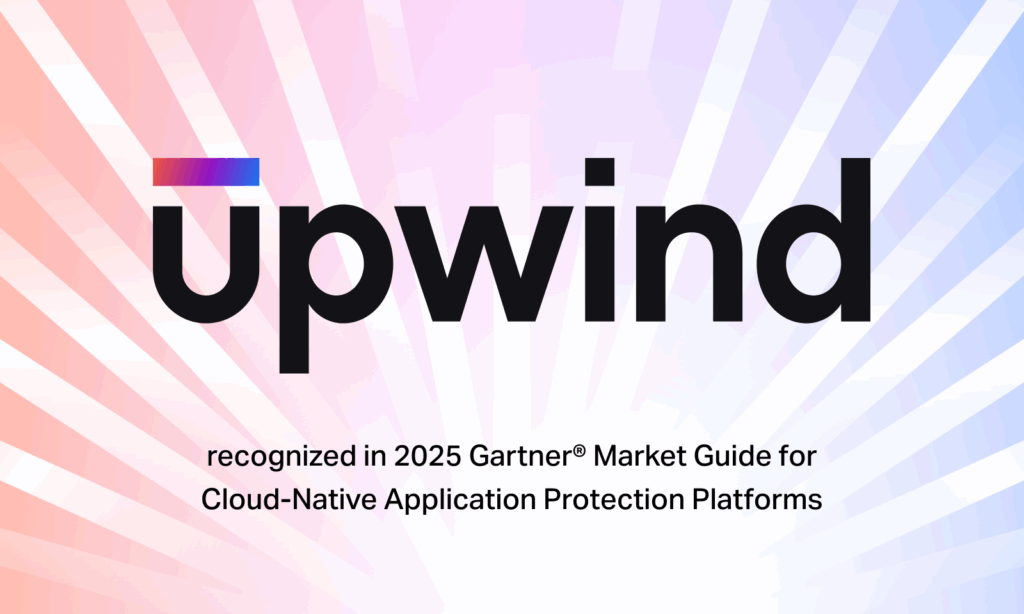
2025 Gartner® Market Guide for Cloud-Native Application Protection Platforms: 5 Takeaways That We Believe Matter
Gartner has released the 2025 CNAPP Market Guide. According to Gartner: “while numerous providers exist, only a handful offer a comprehensive platform with the required breadth and depth of functionality, particularly emphasizing seamless integration through the development and operations processes.” We believe that Upwind’s inclusion in this group of vendors is a significant milestone. To […]

Upwind Cloud Scanners 2.0 Redefine the Cloud Security Standards. Now 10X Faster, 93% Leaner.
Cloud Security should be effortless to deploy, seamless to operate, and architected for maximum efficiency. We are excited to announce that we have made groundbreaking technological advancements to Upwind Agentless Cloud Scanners — the technology that powers Upwind Agentless and Sensor-based scanning — resulting in industry-leading performance and accuracy. Starting today, Upwind Scanners 2.0 are […]
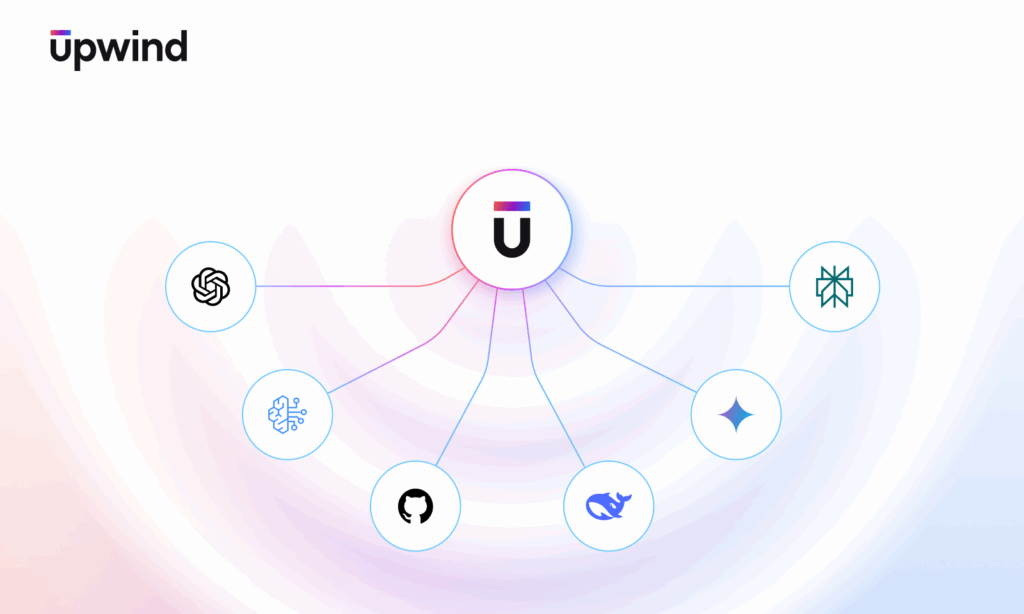
Why Securing AI Workloads Demands Runtime Protection, Now More Than Ever
As enterprises race to integrate GenAI and AI-powered applications, security leaders are confronting a new class of threats. Traditional tools weren’t built for the dynamic, high-risk nature of AI workloads. AI workloads introduce new capabilities, along with new risks. They dramatically increase the cloud attack surface by running code that adapts in real time, often […]
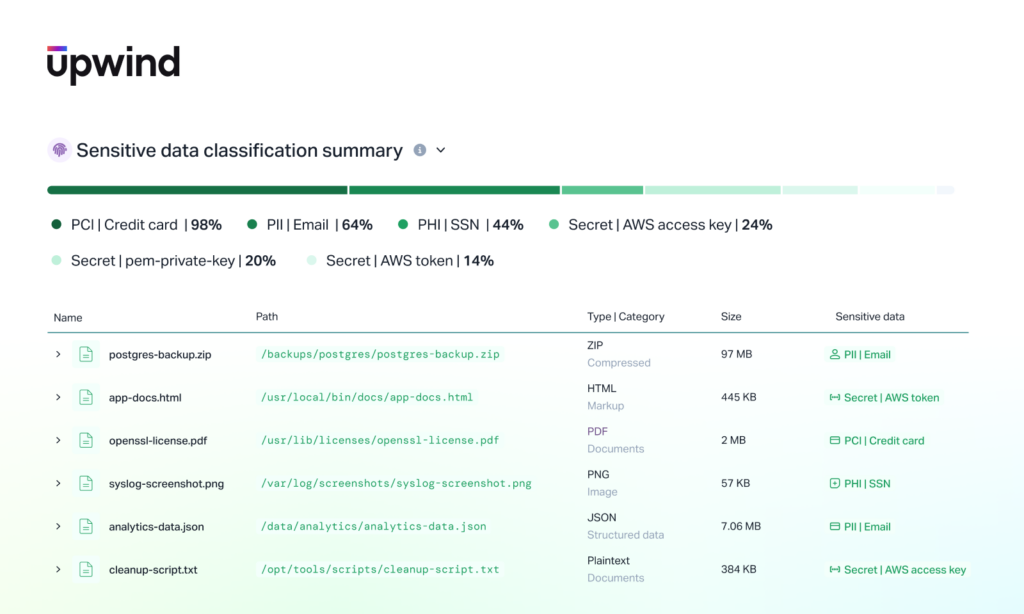
Upwind Eliminates Data Blind Spots by Detecting and Securing Sensitive Data Across Cloud Environments
Upwind now offers Data Security features and context that simplify compliance, improve visibility, and protect sensitive data across your cloud environments. These capabilities continuously monitor and enable data security across multi-cloud storage – supporting automated discovery, visibility, and compliance from a single platform. Key capabilities include: These new capabilities mark a significant advancement for security […]
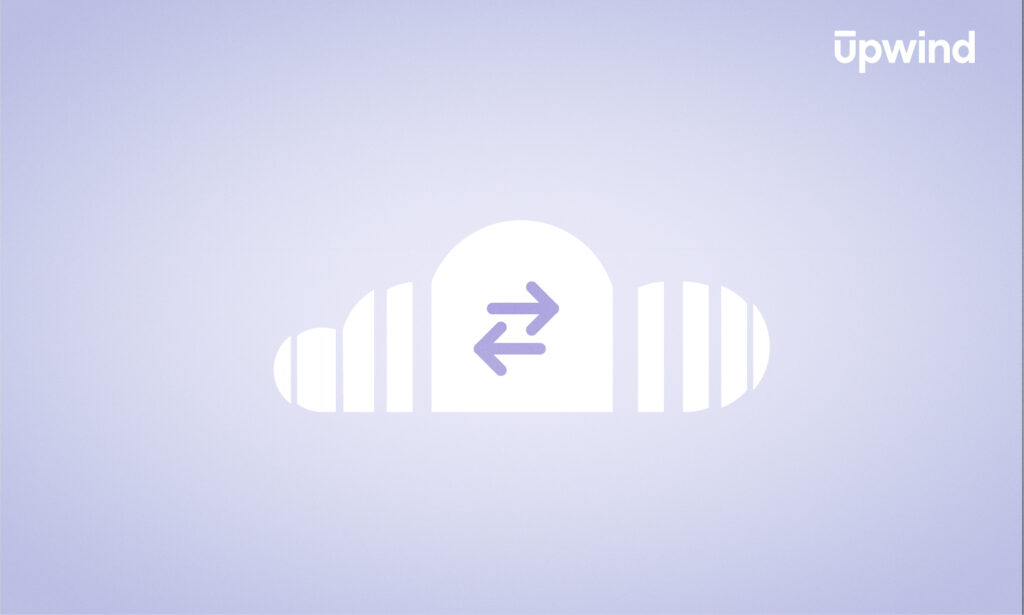
CI/CD Pipeline Security Explained
The Continuous Integration/Continuous Delivery or Deployment (CI/CD) pipeline integrates and tests code changes, often multiple times per day. And it automatically prepares code for release, sometimes automatically pushing code changes all the way to production without manual intervention. Practicing CI/CD today means faster delivery, more updates, and happier customers, all with fewer errors. But it […]

What Is Unified Security Posture Management (USPM)?
Security posture isn’t all about misconfigurations, but can span thousands of combined moving parts across cloud workloads, identities, and SaaS applications, APIs, endpoints, and even AI pipelines. The problem? Everyone sees a slice of the total environment, but no one sees the whole. Most organizations plug visibility holes in their environments first with fragmented tools […]
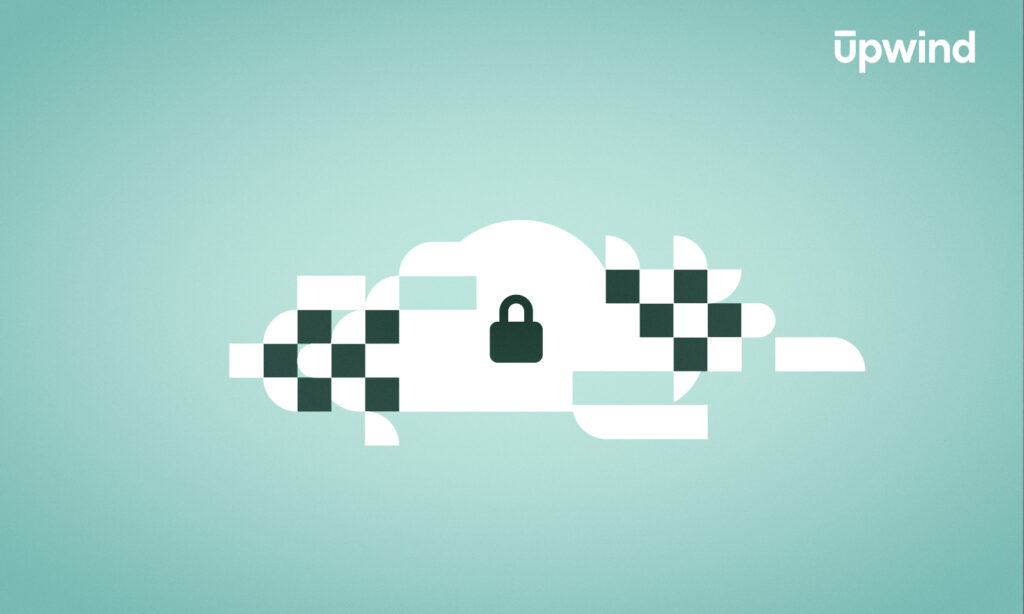
Understanding Breakout Time: The Critical Race in the Cloud
Attackers access cloud systems through vulnerabilities like misconfigured Identity and Access Management (IAM) roles, public buckets, or exposed secrets. But they don’t stay in those initial entryways for long. The time it takes cyberattackers to “breakout” of their initial locations and move laterally across a cloud system is called “breakout time.” And it shapes cyberdefense […]

What is Identity Threat Detection and Response (ITDR)?
First, there were perimeters. The idea gradually gave way to endpoints, but today, identities are often the first point of entry to vast, diverse cloud systems. They’re enablers of lateral movement, pivot points in cloud and SaaS environments, that hold the keys to the rest of the environment. In other words, identities deserve attention. In […]

Upwind Wins Big at Cloud Security Showdown Hosted by Tamnoon & Analyst James Berthoty
Big win for Upwind: We took home the overall title and earned top honors across every category at the Tamnoon Cloud Security Demo Showdown on June 5th. Upwind placed in the top three for all four categories of the people’s choice categories: Application Security, Cloud Security Posture Management (CSPM), Runtime Security, and Vulnerability Management. These […]


